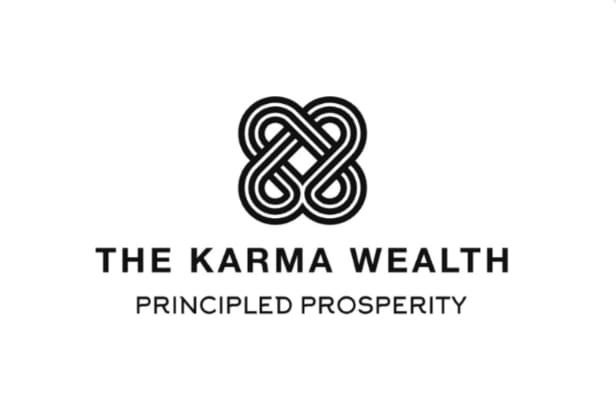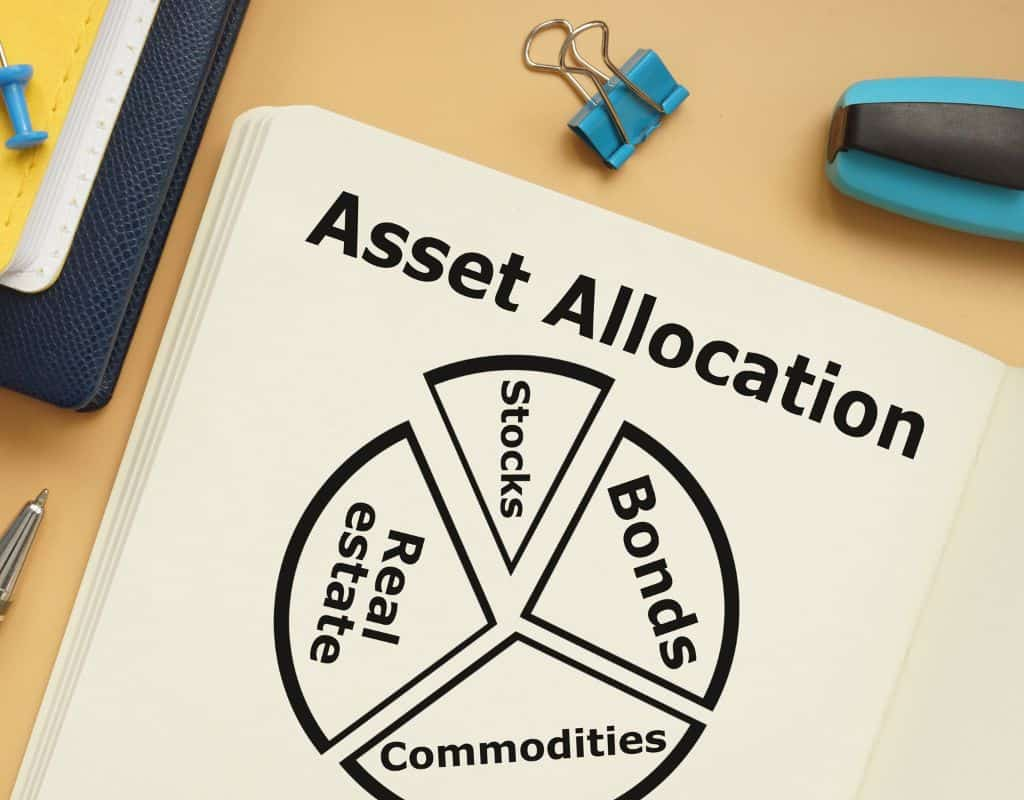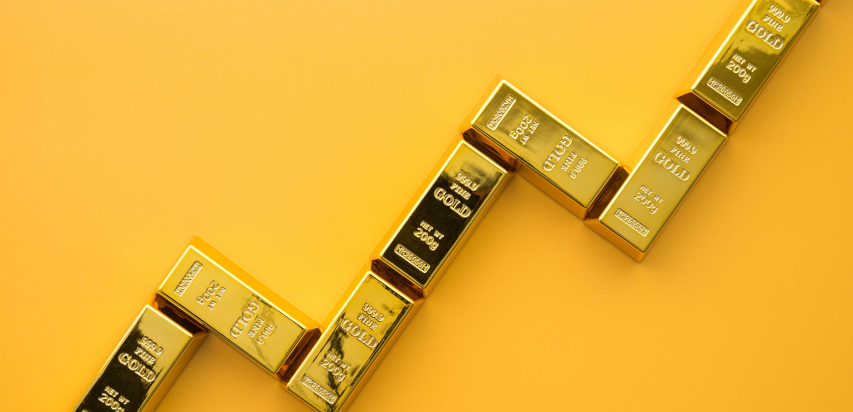You know Ramesh Uncle, right? The one who religiously invests in post-office RDs and LIC policies, then lectures everyone at family gatherings about the “dangers” of the stock market? “Beta, shares are gambling!” he says, shaking his head, while his money barely keeps up with inflation.
Then there’s LIC Aunty, who insists her “safe” endowment plans will secure her future, not realizing that after 20 years, her returns might not even buy her a decent scooter, let alone fund her retirement.
Here’s the hard truth: Not taking risks is the biggest risk of all.
The Slow Poison of “Safe” Investments
Imagine two friends:
Safe Sandeep puts all his money in FDs and RDs, earning 6-7% returns.
Risky Rahul invests in a mix of equity mutual funds and well-researched stocks, averaging 12-15% over time.
Fast forward 20 years. Sandeep’s money has “safely” lost half its purchasing power to inflation. Rahul? His portfolio has grown 5-10X, allowing him to retire early, travel, or fund his passion project. Safety is an illusion if your money doesn’t grow faster than inflation.
The Dave Ramsey Snowball vs. The Warren Buffett Rocket
Dave Ramsey’s debt snowball method is fantastic for clearing loans and creating financial discipline. But once you’re debt-free, what next?
If you park your surplus in “safe” instruments, you’re essentially driving a bicycle on a Formula 1 track. Sure, you’re moving, but everyone else is zooming past you.
Warren Buffett famously said, “Risk comes from not knowing what you’re doing.” The solution? Learn. Invest in index funds, SIPs in equity mutual funds, or a few high-quality stocks. Let compounding work like a silent billionaire factory in the background.
Asset Allocation: Your Financial GPS
You wouldn’t drive from Mumbai to Delhi without a map. Similarly, your money needs direction.
– Equities (Stocks/MFs) → Growth engine (Higher risk, higher reward)
– Debt (FDs/Bonds) → Stability (Lower risk, lower returns)
– Gold/Real Estate → Hedge against inflation
A 30-year-old might have 80% in equities, 15% in debt, 5% in gold. A 50-year-old nearing retirement might flip it to 50% equity, 40% debt, 10% gold.
Your asset allocation should change with your life stage, not your fear.
FIRE: The Art of Retiring Before Your Hair Turns Grey
Financial Independence, Retire Early (FIRE) isn’t about sitting idle—it’s about freedom. Freedom to quit a toxic job, start a passion project, or travel without begging for leave.
But FIRE doesn’t happen with FDs. It needs aggressive early investing in equities, where time and compounding turn small SIPs into crores.
The Magic of Starting Early
– If you invest ₹10,000/month at 12% return, in 30 years, you’ll have ₹3.5 crore.
– Delay by 10 years? You’ll only get ₹1 crore.
Time in the market beats timing the market.
The Side Hustle Dilemma
That Instagram bakery, YouTube channel, or freelance gig you’re dreaming about? It needs fuel—money and time. If your investments aren’t growing fast enough, you’ll be stuck in the 9-5 grind forever. But if you take calculated risks, your portfolio could one day replace your salary, letting you focus on what truly matters.
Final Thought: Safe is the New Risky
Ramesh Uncle and LIC Aunty mean well, but their advice comes from a different era. Today, playing it “safe” is the riskiest move of all. Your money should work harder than you do. Start with debt cleanup, then shift gears to equities. Let compounding turn your patience into prosperity. Because in the end, the biggest risk isn’t losing money—it’s losing time.





